West Pokot County
Introduction
West Pokot County is a county of Kenya.
Its capital and largest town is Kapenguria.
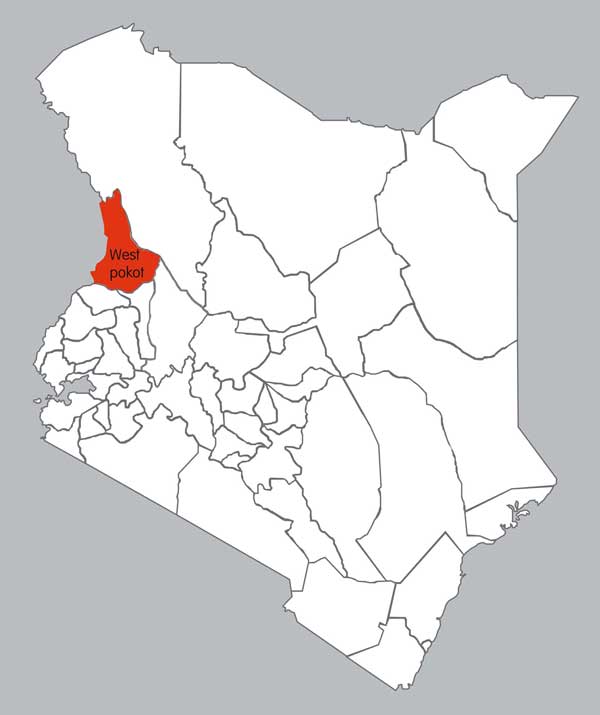
Constituencies
- Kacheliba Constituency
- Kapenguria Constituency
- Sigor Constituency
- Pokot South Constituency
Physical features
Rivers
- River Naskuta
- River Suam / Turkwel
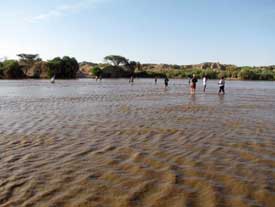
The river is a centre of focus in West Pokot and locals tell us it is the only permanent river in the area, and a source of livelihood.
Lakes/Reservoirs

Mountains
- Mount Mtelo (Sekerr) is the fifth-highest mountain in Kenya (3336m/10, 944 ft), after Mt Kenya, Mt Elgon, Aberdares and High Cheranganis,and is situated in the North West highlands of West Pokot County, approximately 120 km north of Kitale Town.
Hills
- Nasolot hills in West Pokot County
Importance of physical features
- Mount Mtelo is a home to many wild animals such as the antelopes,monkeys and birds. River Suam is the main source of water to the livelihood of the people and animals
- The water falls attracts tourist to the region
Main types of natural vegetation
- Montane forest to high open moorland studded with the giant lobelia
The importance of the vegetation
- They are the main source of food of the animals like the antelopes
- The natural beauty of the ascending and descending hills
Map distribution of the physical features
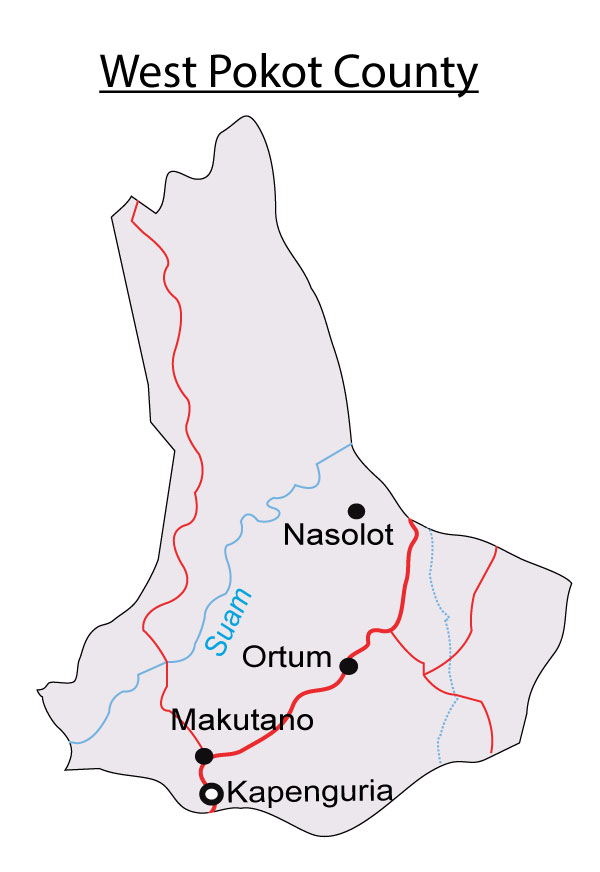
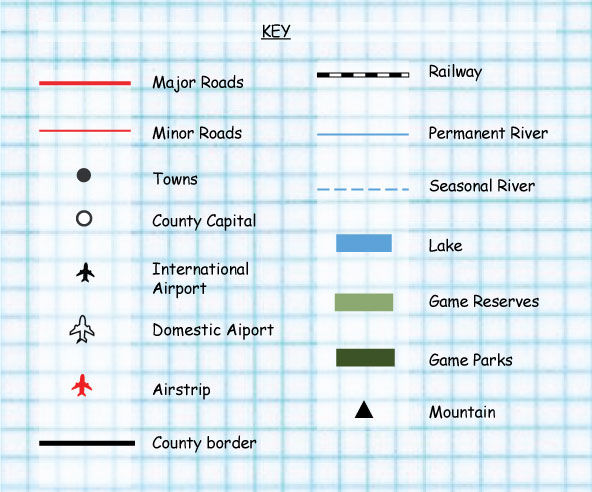
People and population
Language Groups
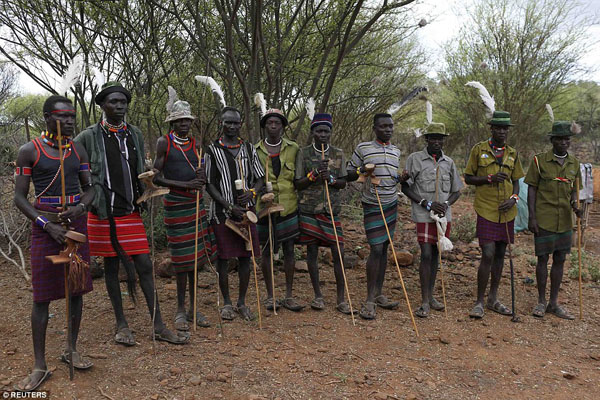
Areas of high population density
Areas of low population density
Social relations and cultural activities
- Marriage with other communities
- wealth is measured by the number of cows one owns
- Nomadic pastoralist communities and are are both regarded as great survivors inhabiting the harsh and inhospitable terrain of northwestern Kenya.
The traditional way of life of the people
- Richly patinated gourds and containers used by women for storage.
- Beadwork and intricate coiffures and wigs that are worn by young men to signal their membership in a given age-grade.
Food
- Meat , milk, butter and cheese
Dressing
- Wrap garments, cowhide capes and shirts
- Beadwork and intricate coiffures and wigs that are worn
Songs and dances
- Singing, storytelling, and decorative arts, especially bodily adornment, are highly valued. Singing accompanies ceremonies, dances, and beer parties; folktales often incorporate songs. Bodily adornment consists of beadwork, hairstyling, scarification.
Traditional medical practices
- Most Pokot have some knowledge of herbal remedies and convalescent cookery, and Pokot women specialize in the diagnosis and treatment of disease and in midwifery. Ritual specialists may be called upon to treat the mentally disturbed. The Pokot use their own healing and preventive methods, along with those provided by hospital- and clinic-based practitioners.
Ceremonies
The naming was done depending on the day,time,season and place of birth.
This involves involves the removal of the lower central incisors.
Festivals
Resources and economic activities
Agriculture
The main cash crops and food crops grown
- Maize
- Sorghum
- Watermelon, onions and kale
The areas where the cash crops are grown
- Kacheliba Constituency
- Kapenguria Constituency
- Sigor Constituency
- Pokot South Constituency
The types of livestock kept
Fishing
Areas where fishing is practiced
- River Naskuta
- River Suam / Turkwel
Forestry
The major forests
Mount Mtelo he mountain makes for an interesting trek, as it supports a rich variety of vegetation ranging from montane forest to high open moorland studded with the giant lobelia.
Wildlife and Tourism
The types of wildlife
Mount Mtelo is home to black-and-white colobus monkeys, small antelope, 3 species of turaco and 10 sunbird species.
The game parks and reserves
The major tourist attractions
- Nasolot national reserve which is a natural reserve.
- Mtelo mountains
- Kapenguria Museum
- The Cherang'any Hills are a range of hills in the western highlands of Kenya. The hills are one of Kenya's five main forests and catchment areas.
Industries
Traditional industries
- Pottery
- Weaving
- Woodworking
- Work leather
The products of traditional industries
- Pots for cooking and water storage
- Baskets
- Milk gourds
Trade
The major trading centres.
- Kapenguria
- Kasei
- Lomut
- Makutano
- Cheberia
- Lotongot
- Chepunyal





